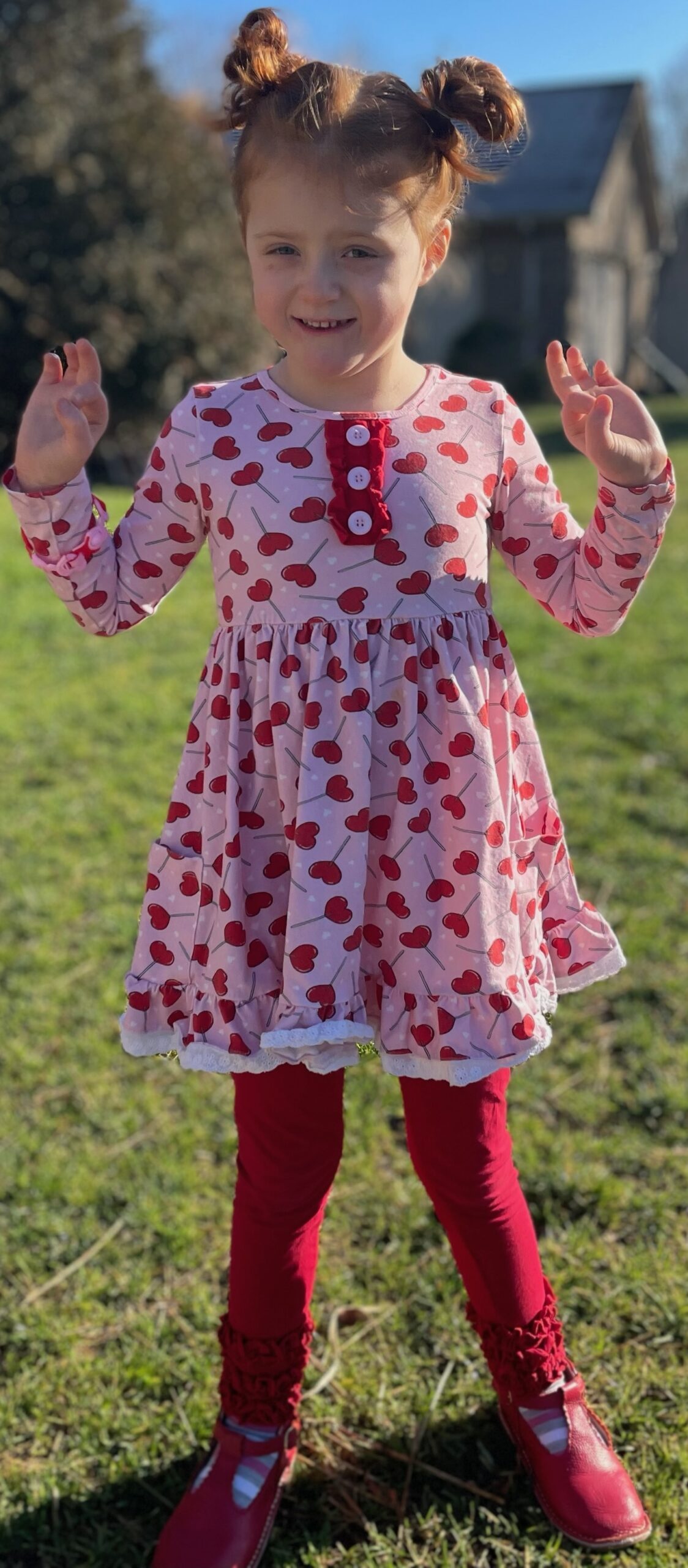
Jun 11, 2024
The participant was born at 32 weeks and was not breathing (respiratory failure). The pregnancy was complicated by twins (monochorionic diamniotic) and substance abuse. Her twin passed away at birth due to multiple birth defects (including club foot, omphalocele, heart displacement). She spent 7 weeks in the NICU and underwent surgery to repair a difference in her GI track (pyloric stenosis). She had trouble swallowing, so an NJ (nasojejunal) tube was placed. At 4 years old, a G-tube (gastrostomy tube) was placed. At age 5, she mostly eats soft foods or thickened liquids.
The participant had multiple recurrent infections in infancy and early childhood, including many bacterial, viral, and fungal infections. She began treatment for immune deficiency (intravenous immunoglobin) at 4.5 years with has shown improvement.
The participant was slow to develop language and motor skills (developmental delay). At 2 years she began using fewer words and then stopped speaking (developmental regression). Around this time, her behavior changed, and she started having more tantrums, difficulty sleeping, and trouble focusing. At 5 years old, she can speak in short sentences. She has issues with balance and falls frequently. She is taller than expected for her age. However, her weight is proportional to her height (98th percentile for weight and height).
The skin on the bottom of her right foot is thickened and cracking (palmoplantar keratoderma). She also has eczema. Starting at 3, she has had many treatment-resistant warts.

Clinicians and researchers are investigating the following genetic change to see if it is causing the participant’s symptoms:
If this participant sounds like you or someone you know, please contact us!